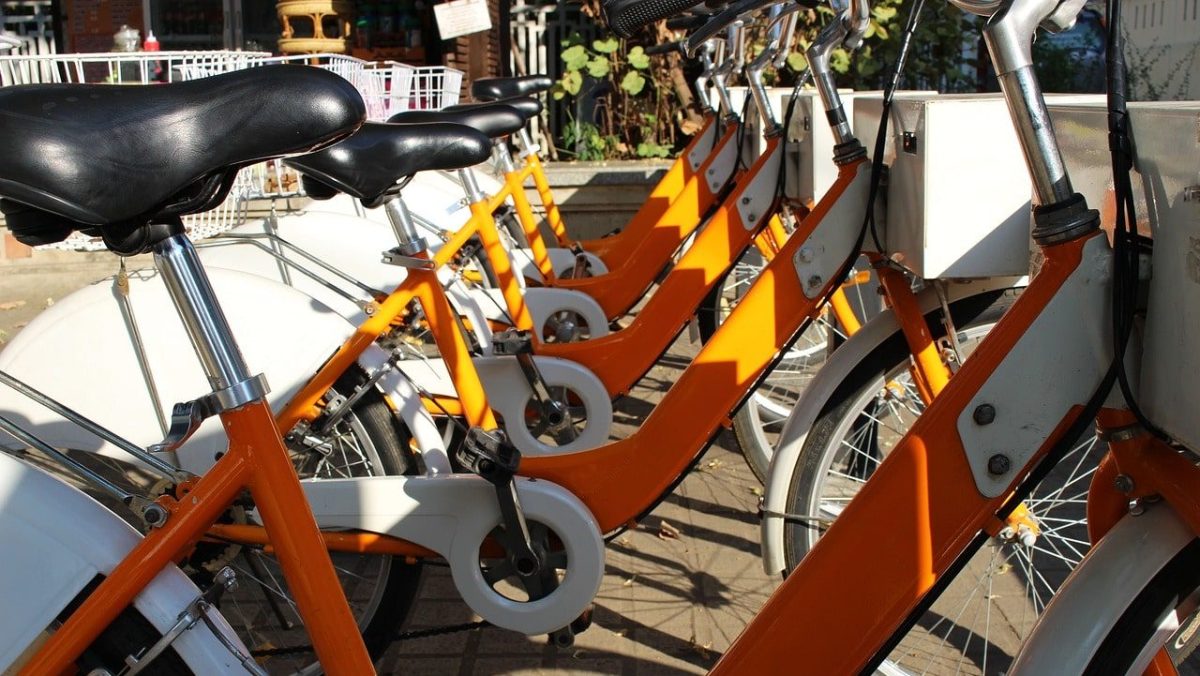
Micromobility in 2024: Aon’s seven key trends outlined
220 days ago
4 minutes
Source: ZAG Daily
Benjamin Hindson, Digital Economy Chief Commercial Officer of Aon, outlines his selection of key micromobility trends for 2024
The past year has been busy for micromobility – nearly half, or 46%, of respondents in a McKinsey consumer survey are open to switching from their private vehicles to alternative modes of transportation in the next decade. This indicates that the micromobility sector will likely remain a focal point to observe in 2024.
Here are seven prominent trends poised to revolutionize mobility:
1. Growth in mobility as a service (MaaS)
More people are embracing multi-modal travel, opting for a diverse range of transportation options such as scooters, bikes, taxis, and car rentals. It’s one of the reasons we’re seeing growth in MaaS represented by super transport apps which allow users to access multiple services through a single platform. Due to this trend, micromobility providers and operators can afford to specialise while tapping into a broader mobility network.
2. The rise of mobility hubs
There is an expected continual rise in multi-modal hubs – centralised areas offering various transport options, centred around existing train stations or taxi hubs. As smart cities advance and we become more connected, these hubs will play a pivotal role in facilitating efficient movement.
3. Enhanced use of data and telematics
In the micromobility sector, there is increased data collection and analysis, enabling operators to compare behaviour for a variety of factors (e.g. night vs. day riding, first to multiple-time users, notifications for accidents or interference, whether a scooter has been ridden on the pavement or road, and so on). This data-rich environment enables operators to understand customer decision making, safety patterns and usage across different zones, enabling a comprehensive understanding of risk factors beyond conventional crash hazards.
4. Increased regulation and expanding personal ownership
It is anticipated that more countries, regions and cities will adopt a tender process for micromobility operators to run their services in a particular town or city. New UK legislation is expected around the use of e-scooters which could accelerate private use. Despite widespread private ownership of bikes, shared bike schemes thrive, indicating potential coexistence between private and shared micromobility.
5. Design evolution
Micromobility vehicles are evolving to be more sustainable, durable, and recyclable; this is likely to carry on in 2024, specifically with continued evolution in terms of their design. The development of micro cars, such as the Citroën Ami – pods for urban mobility – is also expected to gain momentum, meaning more may be seen on the streets.
6. More consolidation and mergers and acquisitions
As venture capital funding becomes more expensive for operators, who are overall, not yet profitable, the industry may witness greater consolidation and mergers to achieve scalability and profitability faster. The rate of mergers and acquisitions could pick up in 2024 to accelerate business models.
7. Insurance competition opportunties
While there remains a market appetite for general liability cover for micromobility operators, especially where the risk is placed using brokers who understand the risk and the business model, rider liability poses challenges. Next year it’s likely to be very similar unless more insurers enter the scene. New insurers are hesitant due to a lack of understanding for how to apply the data to their existing models. For the right insurer, there are opportunities to foster competition that may benefit micromobility operators.
Micromobility’s return to Paris
By the time of the Paris Olympics in July next year, it will be interesting to see how many of these themes are playing out in the first half of 2024. For the city which recently banned rented e-scooters from its streets, micromobility advocates will be interested to see a sponsored range of 250 seated and standing “personal battery electric vehicles“, in place to help athletes, organisers and volunteers move between the venues in Paris.

LEVA EU
Campaign success
Lorem ipsum dolor sit amet, consectetur adipisicing elit, sed do eiusmod tempor incididunt ut labore et dolore magna aliqua.
Member profile
Lorem ipsum dolor sit amet, consectetur adipisicing elit, sed do eiusmod tempor incididunt ut labore et dolore magna aliqua.